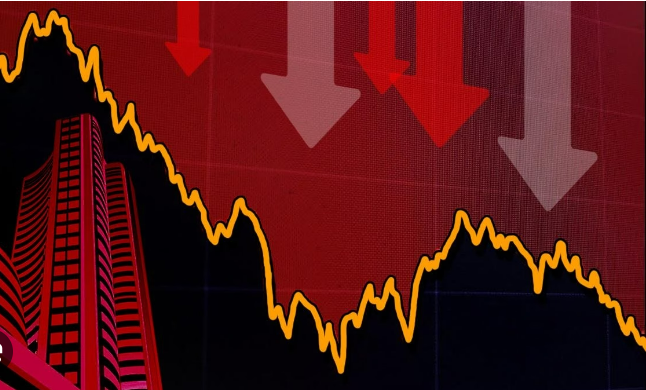
HUDCO surges 20% with significant trading activity; the stock has gained 51% since its Offer for Sale (OFS) price in just two months.
HUDCO’s shares surged by 20%, reaching Rs 119 on the BSE during Thursday’s intra-day trade, driven by a four-fold increase in average trading volumes. A total of 181 million equity shares of HUDCO changed hands on the NSE and BSE by 02:48 PM. In December alone, the state-owned financial institution’s stock has witnessed a remarkable 39% surge, marking a 51% increase from its Offer for Sale (OFS) price of Rs 79 per share. The government had raised Rs 1,050 crore in October through a partial stake sale in HUDCO via OFS, reducing its equity by 6.64% to 75.17%.
Moody’s Investors Service, on November 1, affirmed HUDCO’s Baa3 issuer ratings and ba1 Baseline Credit Assessment (BCA), with a stable outlook. The agency emphasized the company’s stable credit fundamentals and strong support from the Government of India. HUDCO, a key player in financing housing and urban development programs in India, maintains a strategic role with annual performance targets outlined in a Memorandum of Understanding with the Ministry of Housing and Urban Affairs.
HUDCO surges ba1 BCA reflects its low credit risk, primarily due to around 97% of outstanding loans being to state governments and their entities, backed by explicit state government guarantees. Moody’s anticipates stable asset quality over the next 12 to 18 months, highlighting the company’s reliance on wholesale funding, mitigated by strong access to funding from banks and bond markets.
CARE Ratings echoes the sentiment, emphasizing HUDCO’s strategic importance to the government and its vital role in the housing and infrastructure sector. The majority of the company’s lending is supported by state government guarantees, with budgetary provisions ensuring debt servicing. The ratings also consider HUDCO’s diversified resource profile, healthy capitalization metrics, and adequate liquidity.
